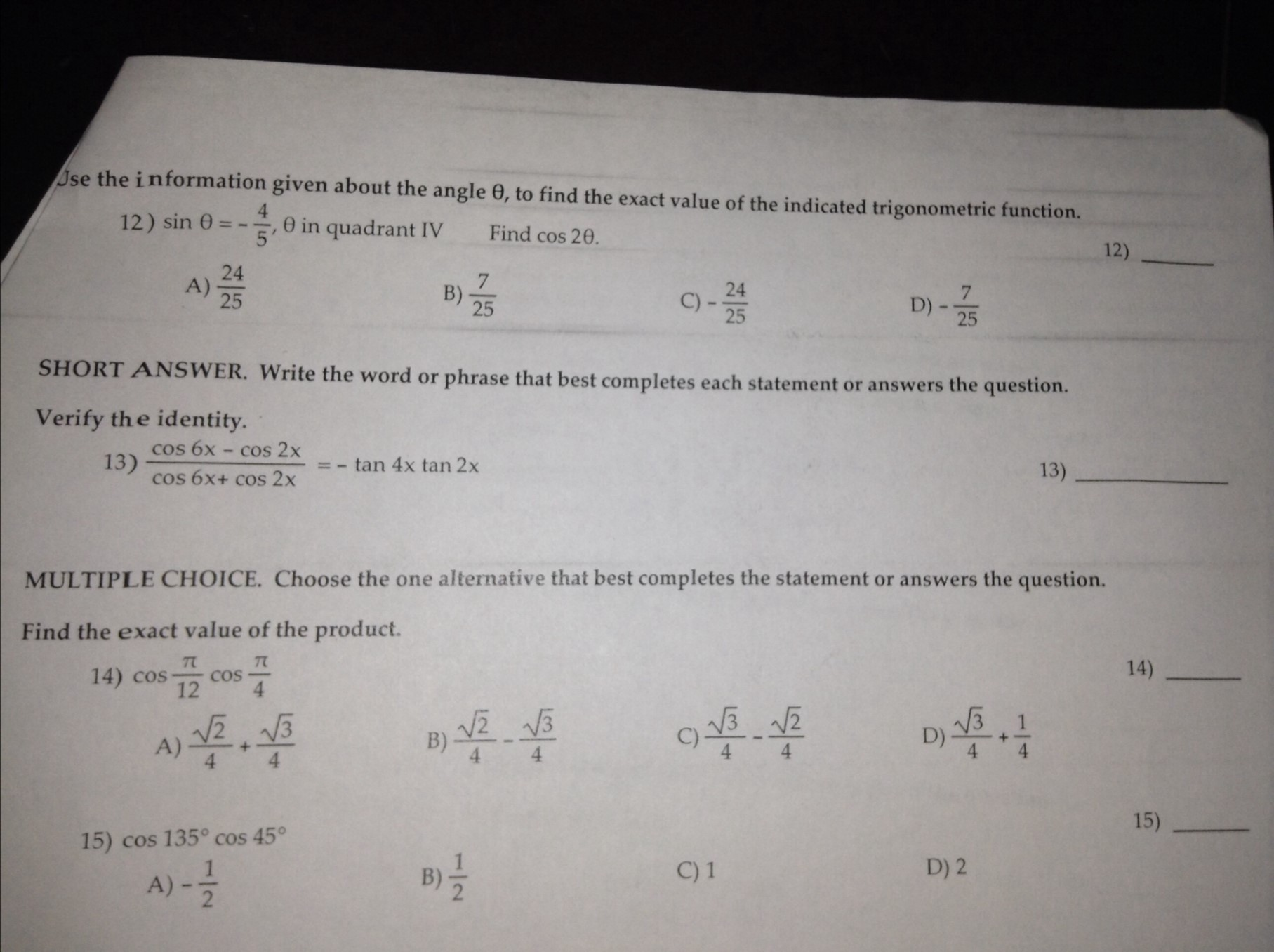

For another example, the study of sequences is dependent on the Extension Principle saying that sequences can be extended to subscripts that are infinite hyperintegers, but there’s no clue given as to what these extensions look like.Īpart from the use of infinitesimals, this is a very conventional calculus course, covering single-variable calculus, infinite series, partial derivatives, multiple integrals, and a little bit of vector calculus and differential equations. 162 was totally unbelievable (and the companion instructor’s book gives a completely different proof rather than attempting to rigorize this one). For example, I thought the proof of the Intermediate Value Theorem on p. On the other hand, a lot of details about infinitesimals are not explained adequately and there is a lot of handwaving in the proofs. It makes it easier to account for everything without worrying about which parts are negligible, and from non-standard analysis we know that once we have that starting point there is a rigorous solution.

I think the big advantage of the infinitesimal approach presented here is in setting up geometric and physical problems. The book includes an Epilog that sketches the construction of the hyperreals in more detail, and Keisler’s book Foundations of Infinitesimal Calculus (also available at the author’s web site in an updated version) is an instructor’s companion volume to the present book that develops the needed properties of the hyperreals in much more detail. This has the advantage of being simple (there are only a few axioms) but the serious drawback that we never see any specific examples of infinitesimal numbers. This book takes an axiomatic rather than a constructive approach to Robinson’s hyperreal numbers. The key point, and the one that required mathematical logic, is that every function on the reals has a unique “natural extension” to a function on the hyperreals, and this allows us to move back and forth between the two fields.
#Does calculus need infinitesimals how to
The present volume is a corrected reprint of the 1986 Second Edition published by Prindle, Weber & Schmidt, and is also available as a free download from the author’s web site Dover is printing the book for those who prefer to work from a paper copy.Ībraham Robinson rehabilitated the concept of infinitesimal in 1960, from the unlikely direction of mathematical logic, by showing how to extend the real numbers to an ordered field of “hyperreal” numbers that include well-defined infinitesimal numbers and infinite numbers (the reciprocals of infinitesimals). This book is an interesting attempt to bring non-standard analysis to the masses (or at least the masses of freshman calculus students).


 0 kommentar(er)
0 kommentar(er)
